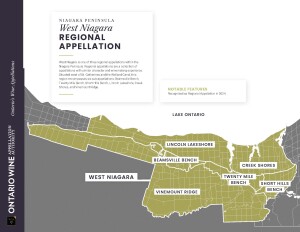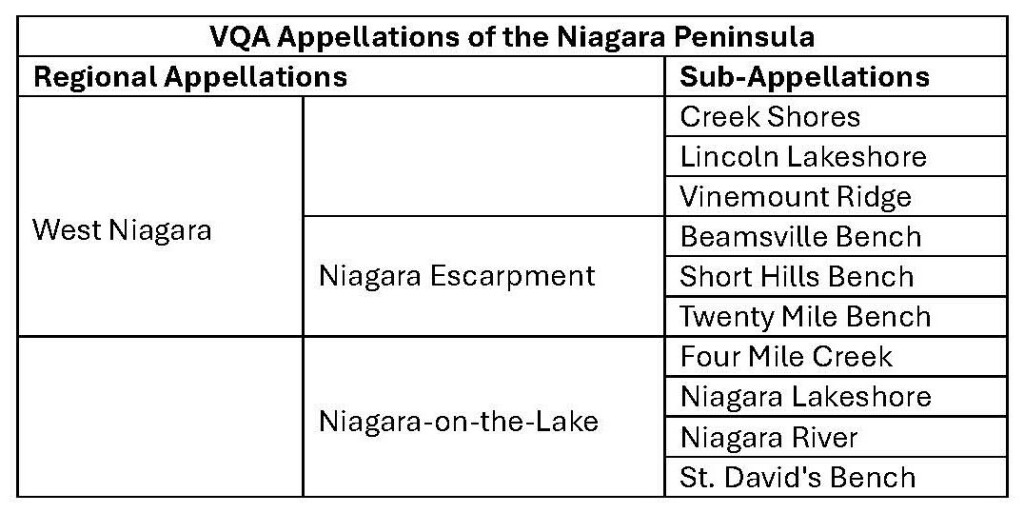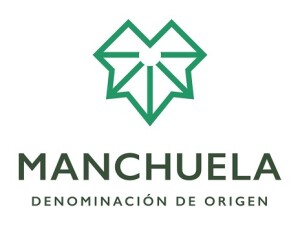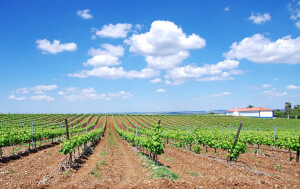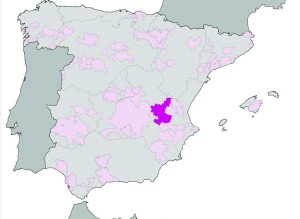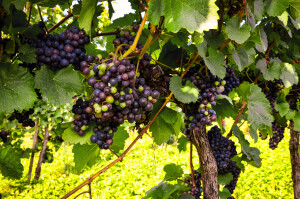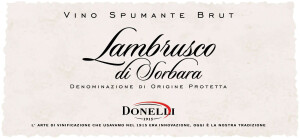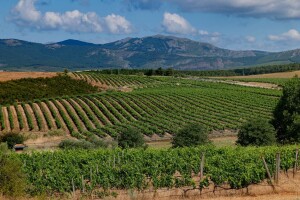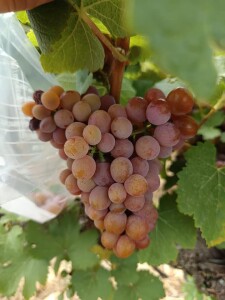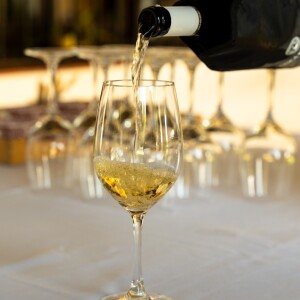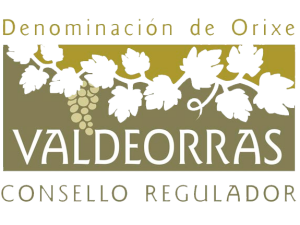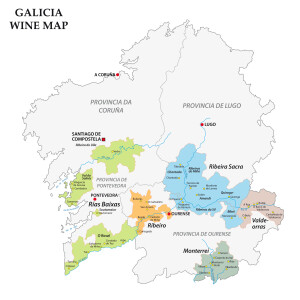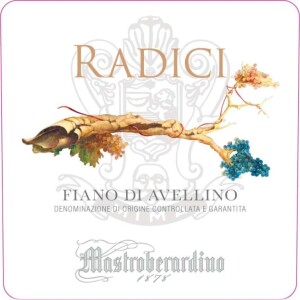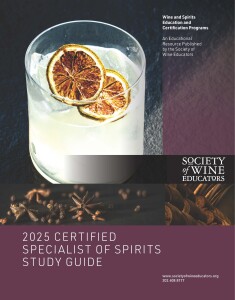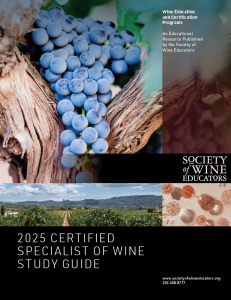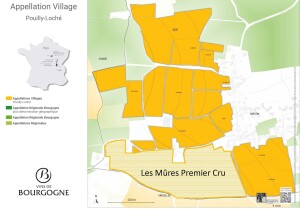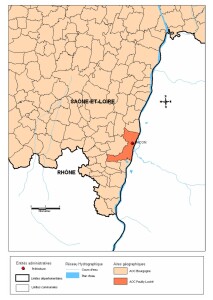The West Niagara VQA (as defined by the Vintners Quality Alliance) has been approved as a regional appellation located within Canada’s Niagara Peninsula wine region. As such, it joins the previously approved regional designations of Niagara Escarpment VQA and Niagara-on-the-Lake VQA as the third regional appellation within the larger Niagara Peninsula VQA. These and other appellations in Ontario are defined and enforced by the Ontario Wine Appellation Authority.
The West Niagara VQA encompasses much of the vineyard area of the Niagara Peninsula located to the west of the city of St. Catharines and the Welland Canal. It contains several (previously approved) VQAs as sub-appellations. These include those within the regional Niagara Escarpment VQA (including Beamsville Bench VQA, Twenty Mile Bench VQA, and Short Hills Bench VQA), as well as Lincoln Lakeshore VQA, Creek Shores VQA, and Vinemount Ridge VQA.
The West Niagara VQA is a large area that includes rolling hills, steep cliffs, south-facing ridges, and the Lake Ontario shoreline. While the topography is diverse, the vineyards are collectively influenced by proximity to the Niagara Escarpment, the Niagara River, and Lake Ontario. Situated at 43°N latitude, the West Niagara Region enjoys an overall cool climate (somewhat moderated by Lake Ontario) along with a long growing season characterized by substantial sunshine.
The West Niagara VQA contains close to 40 wineries. The leading grape varieties include Riesling, Chardonnay, Vidal Blanc, Gamay, Pinot Noir, Cabernet Franc, Merlot, and Cabernet Sauvignon.
References/for more information:
Post authored by Jane A. Nickles…your blog administrator: jnickles@societyofwineeducators.org
